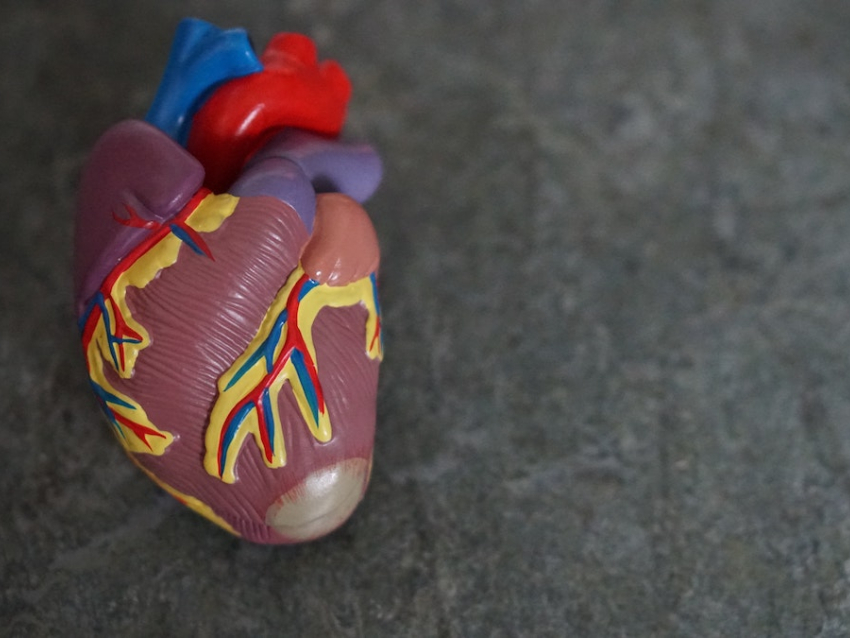
Monthly Research Publication Highlight details a role for inflammatory signaling lipids in cardiovascular diseases
The UK College of Pharmacy Research Publication Highlight for September, 2016 was published in the Journal of Cardiovascular Pharmacology and is titled “Microsomal Prostaglandin E Synthase-1 Expression by Aortic Smooth Muscle Cells Attenuates the Differentiated Phenotype”.
The project was conducted in the laboratory of Dr. Charles Loftin and features the dissertation research of Dr. Oreoluwa Adedoyin, a recent graduate of the Pharmaceutical Sciences PhD program in the College of Pharmacy.
Angiotensin (Ang) II is a hormone that plays an essential role in maintaining fluid balance and blood pressure, but also contributes to cardiovascular diseases including hypertension, atherosclerosis, and aneurysms. In preclinical models, Ang II-induced aneurysms are blocked by the inhibitor of cyclooxygenase 2, Celecoxib (Celebrex®). However, cyclooxygenases are essential for the synthesis of a family of signaling lipids called prostaglandins, many of which are essential for cardiovascular function. Thus, there is a need to identify which specific prostaglandins and pathways downstream of cyclooxygenase contribute to Ang II-induced cardiovascular disease.
In the present study, the Loftin lab investigated the role of cyclooxygenase-2 and the downstream prostaglandin, PGE2, in the differentiation of vascular smooth muscle cells (SMCs) away from their normal, contractile phenotype, to a synthetic phenotype, a key step in the development of cardiovascular diseases. Their results revealed that Ang II is a regulator of microsomal prostaglandin E synthase-1 (mPGES-1), the enzyme responsible for the synthesis of PGE2 in SMCs. They further demonstrate that PGE2 promotes a synthetic and that inhibition of mPGES-1 promotes a contractile phenotype in SMCs. Collectively, the data suggest that inhibitors of mPGES-1 may be clinically useful in the treatment of cardiovascular diseases caused by Ang II.
“These are intriguing cell culture studies that could lead to new therapeutic targets in the treatment of cardiovascular diseases provided the findings can be extended to preclinical models,” said Gregory Graf, Assistant Dean for Translational Research.
